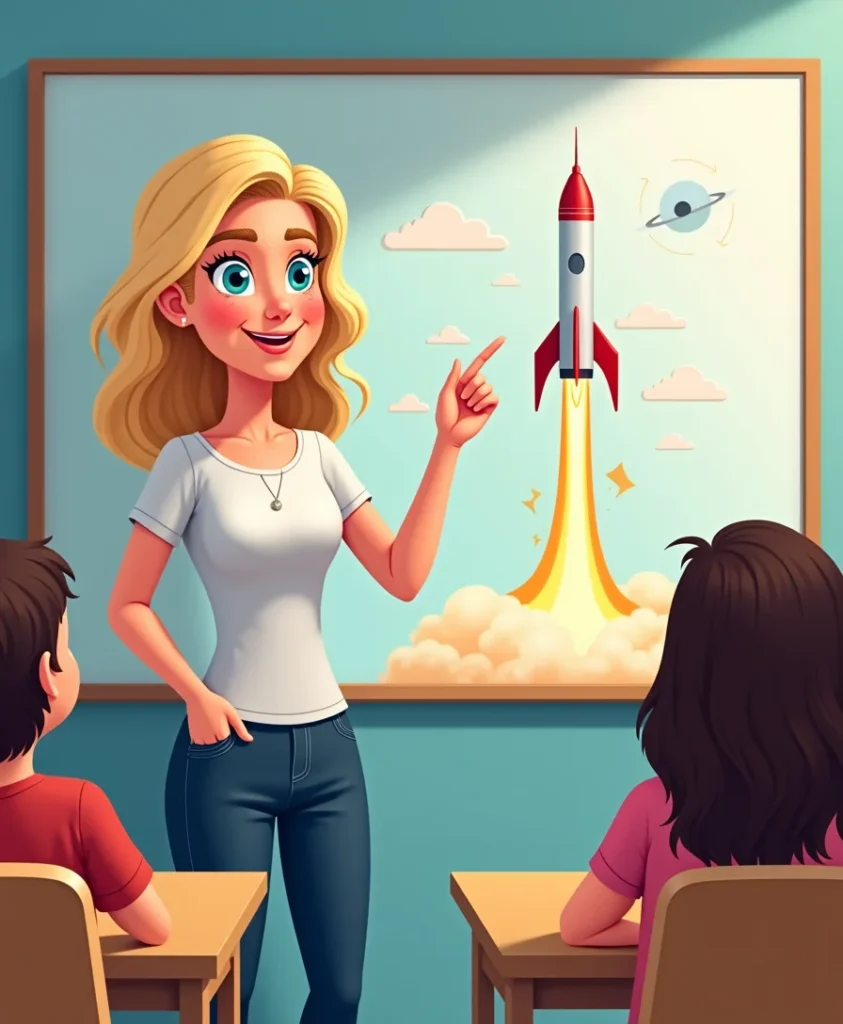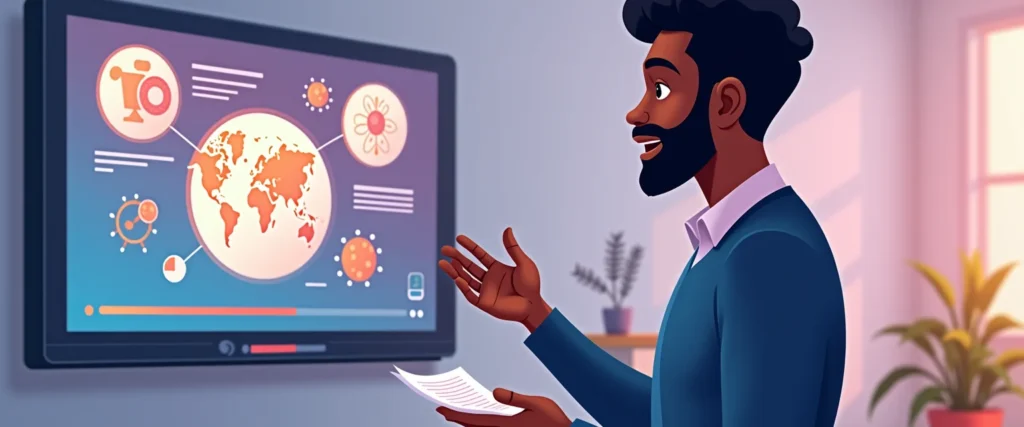In today’s fast-paced digital world, the demand for effective science communication is higher than ever. Traditional methods of teaching and disseminating scientific knowledge are being supplemented and, in some cases, replaced by innovative approaches like animated videos. These videos not only make complex concepts more accessible but also engage a diverse audience. With the rise of AI tools like Pixfun, the landscape of science communication is set to transform dramatically. This article explores the essential elements of effective science videos, the types of animated videos, their target audiences, and the advantages of using animation in science education, particularly on platforms like YouTube and TikTok.

Key Elements of Effective Science Videos
Creating a compelling science video involves several critical components:
- Clear Objectives: A successful video should have a well-defined purpose, making it clear what information is being conveyed.
- Engaging Content: The material should be interesting and relatable, often incorporating storytelling elements to captivate viewers.
- High-Quality Visuals: Effective use of animations and graphics helps illustrate complex ideas, making them easier to understand.
- Audio Quality: Clear narration and appropriate background music enhance the overall viewing experience.
- Conciseness: Keeping videos short and to the point helps maintain viewer attention, ideally between 90 to 120 seconds.
Types of Animated Science Videos
Animated videos can be categorized into several types, each serving different educational purposes:
- Explainer Videos: These short, engaging videos break down complex concepts into simple, digestible information.
- Whiteboard Animations: This style simulates a drawing process, making it effective for storytelling and step-by-step explanations.
- Character-Driven Animations: Featuring relatable characters, these videos enhance viewer connection and engagement.
- Motion Graphics: Utilizing dynamic text and graphics, these videos are ideal for presenting data-heavy subjects in an engaging manner.
Target Audiences for Science Videos
The audience for science videos is diverse, including:
- Students: Learners of all ages benefit from visual aids that simplify complex topics.
- Educators: Teachers use these videos to enhance their lessons and engage students.
- Researchers and Academics: Professionals seeking to communicate their findings to a broader audience.
- General Public: Individuals interested in science but lacking formal education in the field.
Understanding the audience’s background and knowledge level is crucial for tailoring content effectively.
Why Animation is More Popular in Science Communication
Animated videos have become a preferred medium for science communication due to several reasons:
- Visual Engagement: Animation captures attention more effectively than static images or text, making learning enjoyable.
- Simplification of Complex Concepts: Animation can illustrate abstract ideas, making them more tangible and easier to grasp.
- Flexibility: Animations can be tailored to fit various topics and audiences, allowing for creative storytelling.
- Cost-Effectiveness: Producing animated content can be more economical than live-action videos, especially with the advent of AI tools.
The Role of AI Tools Like Pixfun
AI tools such as Pixfun are revolutionizing the creation of science videos. These platforms automate various aspects of video production, making it easier for educators and content creators to produce high-quality animated videos quickly and efficiently. Here’s how Pixfun and similar tools can enhance science communication:
- Automated Content Creation: Pixfun can transform written scripts into engaging animated videos in minutes, significantly reducing production time.
- Customization: Users can easily modify videos to suit specific educational needs, ensuring relevance and engagement.
- User-Friendly Interface: With intuitive design, even those without technical expertise can create professional-quality videos.
- Scalability: AI tools allow for the rapid production of multiple videos, making it feasible to cover a wide range of topics and reach larger audiences.
- Data-Driven Insights: AI can analyze viewer engagement and preferences, providing valuable feedback for future content creation.
Popular Science Videos on YouTube and TikTok

Platforms like YouTube and TikTok have become essential for science communication, with numerous creators producing engaging content:
YouTube
- Kurzgesagt – In a Nutshell: This channel is renowned for its beautifully animated videos that simplify complex scientific concepts across various topics.
- TedEd: Offers animated lessons on a wide range of subjects, often featuring expert educators who break down intricate topics into engaging narratives.
- NileRed: Focuses on chemistry and showcases fascinating experiments and explanations, captivating audiences with visually striking content.
TikTok
- Quick Experiments: Creators demonstrate fun and simple science experiments that viewers can replicate at home, making science interactive.
- Myth-Busting: Many creators debunk common scientific myths in a humorous and engaging manner, making science relatable.
- Educational Challenges: Using trending challenges, creators explain scientific concepts, leveraging popular culture to engage viewers.
Conclusion
As the demand for engaging science communication grows, tools like Pixfun are poised to play a pivotal role in the future of educational video production. By leveraging AI technology, educators can create captivating animated videos that simplify complex concepts and engage diverse audiences on platforms like YouTube and TikTok. The integration of AI in science communication not only enhances the learning experience but also democratizes access to knowledge, making science more accessible to everyone. Embracing these advancements will undoubtedly lead to a more informed and scientifically literate society.